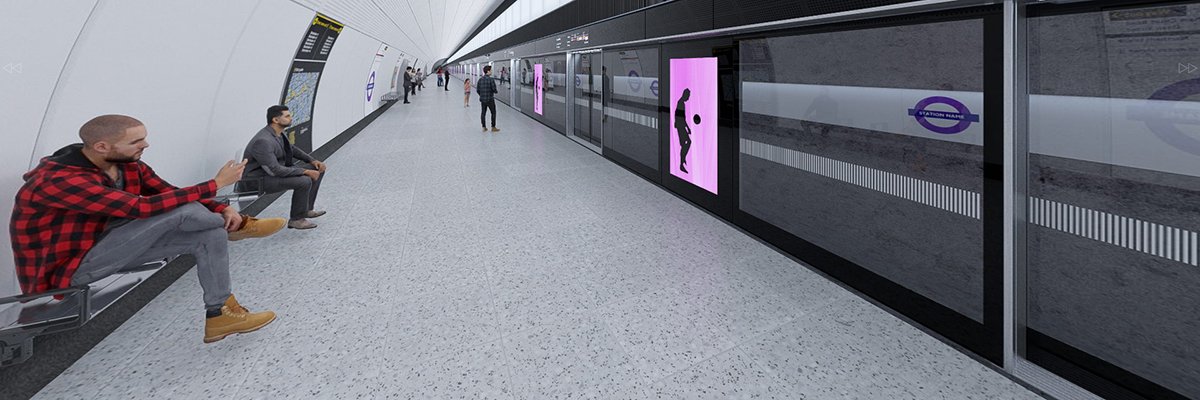
Building on the momentum that has been gained over the past three years in bringing 4G and 5G mobile coverage across the legacy Tube network run by Transport for London (TfL), four central London stations on the Elizabeth line, stretching from the West End to the City, are now live with 4G connectivity through deployments from the UK’s leading operators.
The London Underground is one of the world’s largest underground networks, and before the pandemic, was used by more than five million passengers a day. Uninterrupted 4G mobile coverage was introduced on the eastern half of the Jubilee Line in 2020, and in 2021, mayor Sadiq Khan announced that passengers on the London Underground would be able to access full 4G and 5G mobile connectivity through a deal with connected infrastructure provider BAI Communications, now Boldyn Networks.
Under the terms of the 20-year contract, Boldyn Networks has committed to creating a backbone of mobile and digital connectivity across London. It will see connectivity expanded in phases to ticket halls, platforms and tunnels on the Tube network over the next three years, with all stations and tunnels due to have mobile coverage by the end of 2024.
Billed as London’s east-west railway, the Elizabeth line is TfL’s newest train line, having opened in May 2022, and becomes the fourth to receive underground mobile connectivity, joining stations along the Jubilee, Northern and Central lines as part of the ongoing roll-out in partnership with Boldyn.
The four newly connected stations – Bond Street, Tottenham Court Road, Farringdon and Liverpool Street – are some of the busiest in central London and all now have mobile coverage in the ticket halls, connecting corridors and platforms for the Elizabeth line. The introduction at Tottenham Court Road means the whole station now has mobile coverage, with work to expand coverage to the Central and Jubilee lines at Bond Street taking place throughout 2024.
TfL said providing uninterrupted mobile coverage provides additional reassurance to those travelling on the network. It will also host the new Emergency Services Network (ESN), which when fully operational will give first responders immediate access to life-saving data, images and information in live situations and emergencies on the front line.
All four mobile UK network operators – Three UK, EE, Vodafone and Virgin Media O2 (VMO2) – are taking part in the roll-out. The deployment arks 12 months since EE first announced high-speed mobile connectivity at stations beyond the eastern half of the Jubilee line, and rounds off a year that has seen a total of 25 stations go live. In that time, customers of the BT-owned company have consumed 424TB of data while travelling along the connected stations and tunnels of the Central and Northern lines.
“We’re delighted to bring [EE] to the first Elizabeth line stations, marking another significant milestone in the roll-out of 4G and 5G across the London Underground,” said BT Group chief networks officer Greg McCall. “That we’re already seeing vast amounts of data consumed by our customers while they travel signifies how important this project is for London’s residents, visitors and businesses, and we’re excited to accelerate the deployment as we head into 2024.”
Three UK chief technology officer David Hennessy added: “We are pleased to bring 4G coverage to the Elizabeth Line and five more stations, including Chancery Lane. Our customers can now stay connected at more than 20 stations with the ambition to cover the majority of the TfL network by the end of next year.”

Comentarios recientes